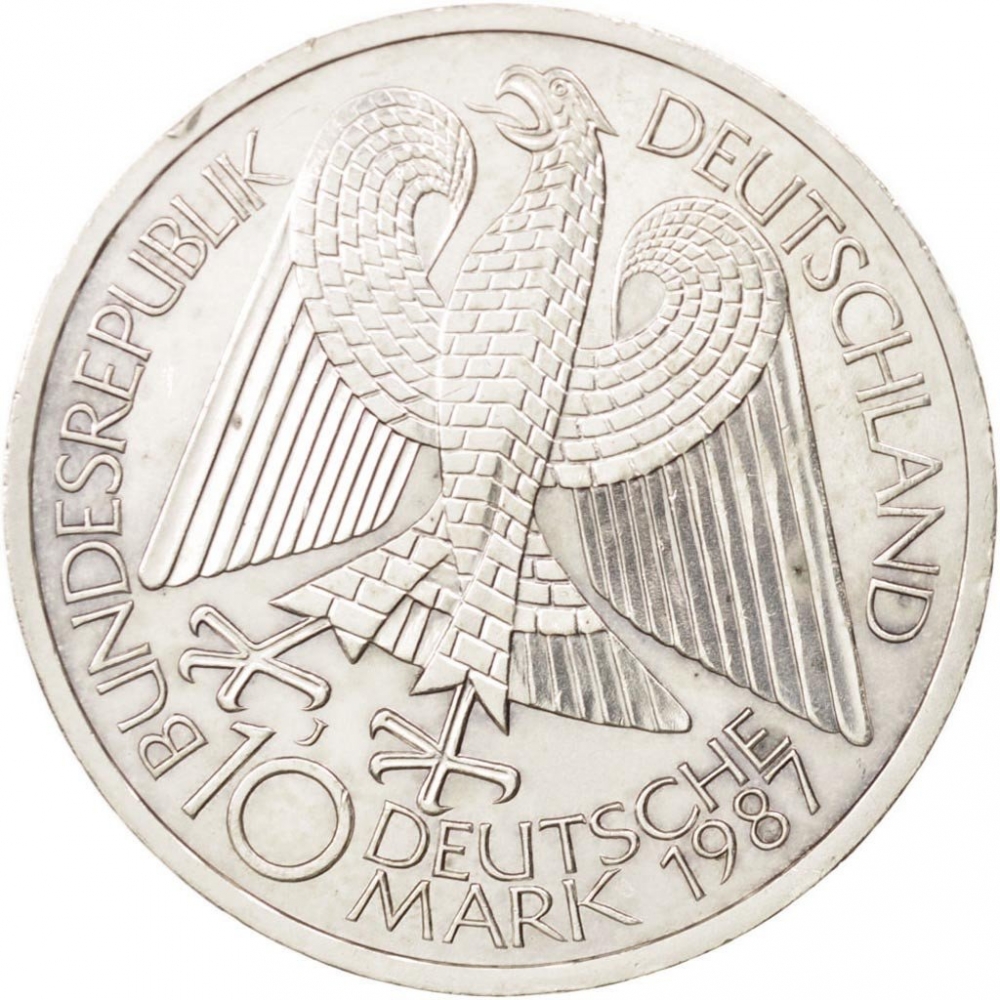You are about to finish your registration. Please check your mailbox (including spam folder). There should be a letter with a confirmation link. Check setting to make sure that your e-mail address is correct.
Send letter againDescription
Berlin is the capital and the largest city of Germany, as well as one of its 16 constituent states. First documented in the 13th century and situated at the crossing of two important historic trade routes, Berlin became the capital of the Margraviate of Brandenburg (1417–1701), the Kingdom of Prussia (1701–1918), the German Empire (1871–1918), the Weimar Republic (1919–1933) and the Third Reich (1933–1945). After World War II and its subsequent occupation by the victorious countries, the city was divided; East Berlin was declared capital of East Germany, while West Berlin became a de facto West German exclave, surrounded by the Berlin Wall (1961–1989) and East German territory. Following German reunification in 1990, Berlin once again became the capital of all of Germany.
Engraver: Reinhart Heinsdorff
Obverse

|
Depicts Federal Eagle, the country name, facial value and mint mark. BUNDESREPUBLIK DEUTSCHLAND |
|---|---|
Reverse

|
Berlin bear drawn with a building façade and Berlin wall pattern. The bear is holding the city's medieval seal (1338). 1237 1987 |
| Edge |
The "Deutschlandlied" (English: "Song of Germany") has been the national anthem of Germany since 1922. Since World War II and the fall of Nazi Germany, only the third stanza has been used as the national anthem. The stanza's beginning, "Einigkeit und Recht und Freiheit" ("Unity and Justice and Freedom") is considered the unofficial national motto of Germany, and is inscribed on modern German Army belt buckles and the rims of some German coins. EINIGKEIT UND RECHT UND FREIHEIT |


_Mark_5/Nikolaiviertel_1987_19.01.2019_00.22-125.jpg)
_Mark_5/Nikolaiviertel_1987_19.01.2019_00.22_01-125.jpg)
_Mark_5/Rotes_Rathaus_1987_15.05.2018_23.03-125.jpg)
_Mark_5/Rotes_Rathaus_1987_15.05.2018_23.03_01-125.jpg)
_Mark_5/Alexanderplatz_1987_12.05.2018_17.51-125.jpg)
_Mark_5/Alexanderplatz_1987_12.05.2018_17.51_01-125.jpg)